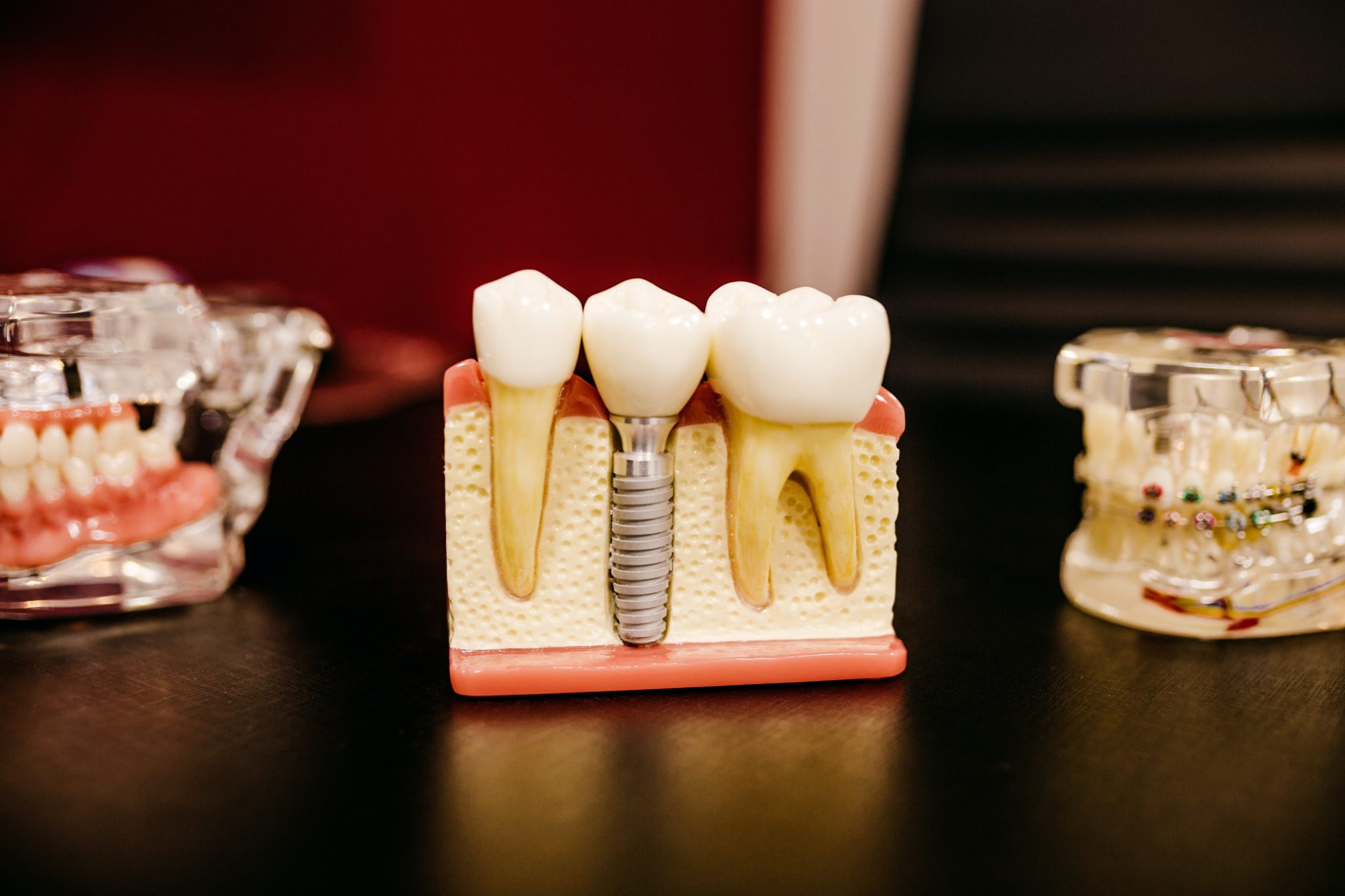- Lab Services
Featured Products
- Dental Up
- About
- Contact
Menu
Featured Products

Dental restoration often presents varied options, with bridges and implants standing out as the most common choices.
Now, "Is a bridge better than an implant?" or "Is a bridge cheaper than an implant?" These questions often perplex individuals seeking dental restoration solutions.
Discover Keating's Full Cast Golf Crowns and Bridges.
A dental bridge relies on adjacent teeth to hold a fake tooth in place, filling the void left behind by lost teeth. This solution is often best suited for those who need a quick and relatively cheaper solution for missing teeth.
A dental implant, on the contrary, involves inserting a titanium post into the jawbone, mimicking a tooth’s root. This option is ideal for individuals who focus on longevity and aesthetics and those who can afford a slightly higher cost.
When pit against each other, while the bridge offers immediacy and a lower initial cost, the implant offers durability and preserves the patient's overall oral health.
You may like to read: What Is A Dental Implant Bridge, And When The Patient May Need One?
Bridges, presenting a simpler procedure, get the nod when time constraints and cost, "is a bridge cheaper than an implant?", are key factors. Faster completion and less recovery time coupled with cost-effectiveness are significant aspects favouring bridges over implants.
For patients with strong adjacent teeth ready to support a bridge, this option often becomes a strong contender.
Discover Keating's KDZ Bruxer® Screw-Retained Zirconia.
Dental implants, famous for their longevity, preservation of bone and surrounding teeth, and aesthetic appeal, are considered the modern gold standard. While they may come with a higher initial cost than a bridge, their long-term benefits and strength make them the go-to choice for many patients and dentists.
Read also: Dental Implant Crowns: Differences And Advantages Over Tradicional Crowns
Bridges may affect the supporting teeth in the long run and they also require replacement every 5 to 7 years. In contrast, implants are more invasive, carry a higher initial cost, and require a longer recovery period.
Deciding between a bridge and an implant involves considering the patient's oral health, the cost and the patient's comfort, and preference.
It's essential to have a professional consultation to understand the implications of each choice for the patient's unique situation.
Understanding the difference between a bridge and an implant, their advantages, and potential downsides, can help patients make informed decisions about their dental care. Irrespective of whether a bridge is cheaper or an implant is a better fit, the primary aim is to restore effectively and efficiently your patient's beautiful smile.
At Keating Dental Lab, we are dedicated to providing optimal dental solutions tailored to your patient's needs. Whether considering a bridge or an implant, you can rely on our expertise. Reach out to us today and discover our incredible array of dental lab services.

Join our mailing list and receive:

Copyright © 2024 Keating Dental Lab. All Rights Reserved.
Thank You!
Your information has been received.
CHECK YOUR EMAIL FOR DETAILS ON HOW TO RECEIVE YOUR DISCOUNT.
Click here to learn more about Keating Dental Lab.

Thank You!
Your information has been received.
If you have a question, or would like to talk to us about a case, give us a call:
877-872-3510
Click here to learn more about Keating Dental Lab.

Thank You!
Your information has been received.
If you have a question, or would like to talk to us about a case, give us a call: 877-872-3510
Click here to learn more about Keating Dental Lab.

{field:firstname}
Experience the ‘Keating Difference’
For Licensed Dentists Only.
All fields must be completed